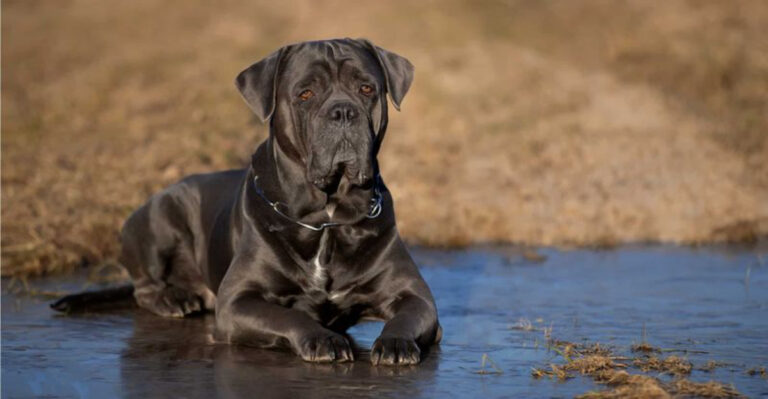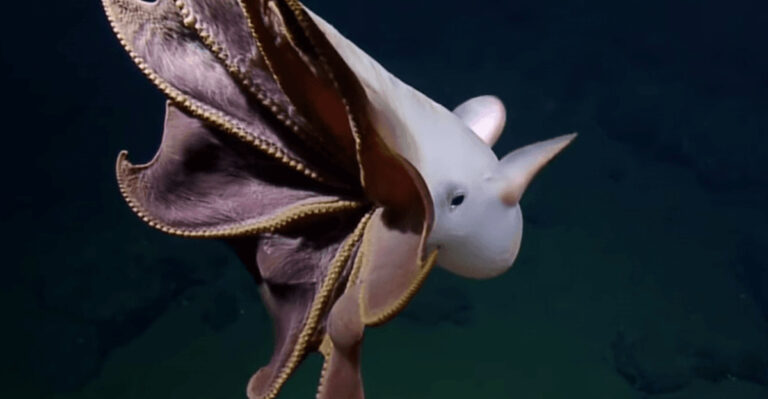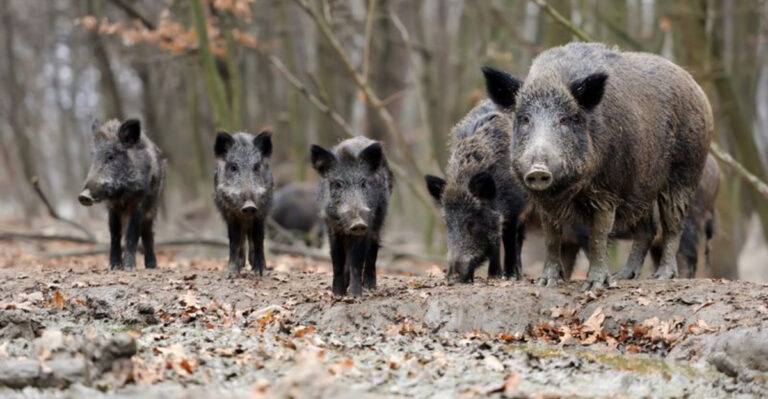Massive Frogs Living In American Waters

Explore the fascinating world of massive frogs residing in American waters. Each of these amphibians boasts unique characteristics and plays a crucial role in their respective ecosystems.
From the familiar American Bullfrog to the lesser-known Lowland Leopard Frog, these creatures captivate with their size, habits, and habitats. Join us as we uncover the remarkable lives of these impressive frogs.
1. American Bullfrog
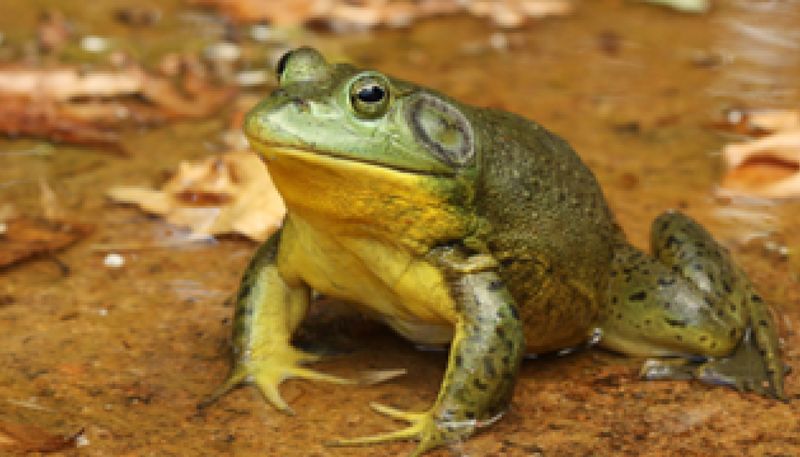
The American Bullfrog stands as the colossal native frog in North America. Typically, adults measure between 3.5 to 8 inches in snout-to-vent length.
You’ll find them inhabiting freshwater environments such as ponds, marshes, and wetlands. They exhibit a diverse diet, consuming everything from insects to small birds.
Their booming calls echo across water bodies, a defining feature of their presence. Despite their size, these frogs are agile predators, capturing prey with precision.
2. Pig Frog
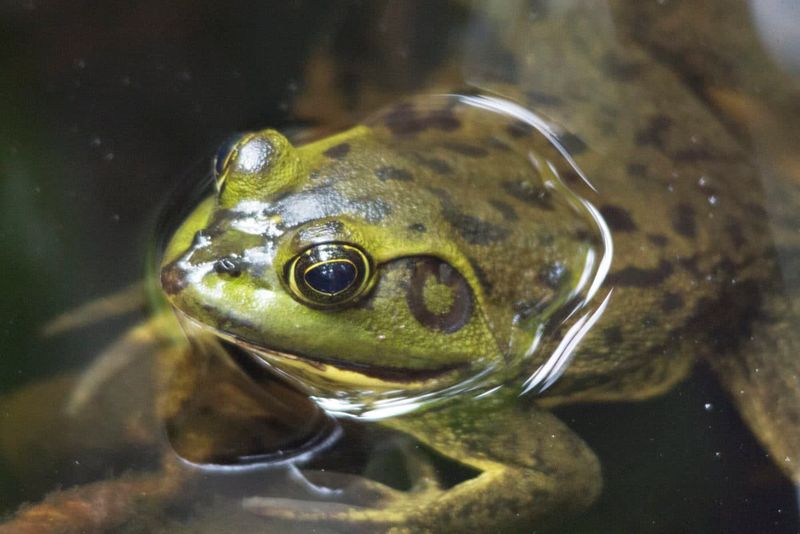
The Pig Frog is a notable amphibian native to the southeastern United States. Measuring 3.25 to 5.5 inches, these frogs thrive in aquatic settings like lakes and slow-moving streams.
Their diet primarily consists of crayfish and small aquatic creatures. Unlike some frogs, Pig Frogs have a unique grunting call, reminiscent of a pig.
This distinct sound helps them communicate in their watery homes. Despite their size, they often blend into their surroundings, making them elusive.
3. River Frog
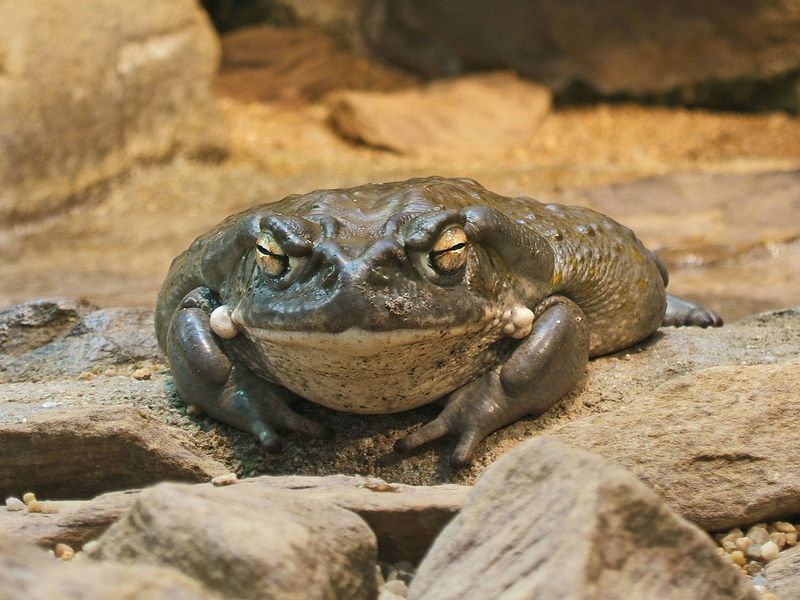
River Frogs inhabit southeastern U.S. regions, particularly Georgia, Florida, and the Carolinas. They grow up to 5.5 inches, favoring rivers and swampy areas.
With a diet of insects and small invertebrates, they play a vital role in controlling pest populations. Their skin is a mix of green and brown, providing camouflage against predators.
River Frogs are often heard before seen, as their calls resonate through their habitats. They are essential components of their ecosystems, contributing to the biodiversity of their regions.
4. Gopher Frog
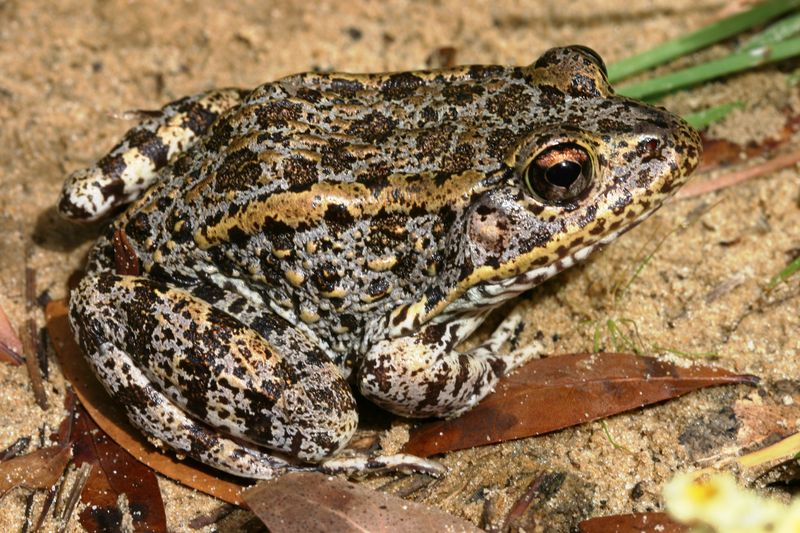
Gopher Frogs are native to the southeastern coastal plains of the United States. Typically measuring 2.5 to 4 inches, they are often found in pine forests.
Interestingly, they use gopher tortoise burrows for shelter, showcasing a unique interspecies relationship. Their diet includes insects and other small invertebrates.
These frogs have a distinctive call, adding to the chorus of forest sounds. Gopher Frogs’ reliance on specific habitats makes them sensitive to environmental changes.
5. Green Frog
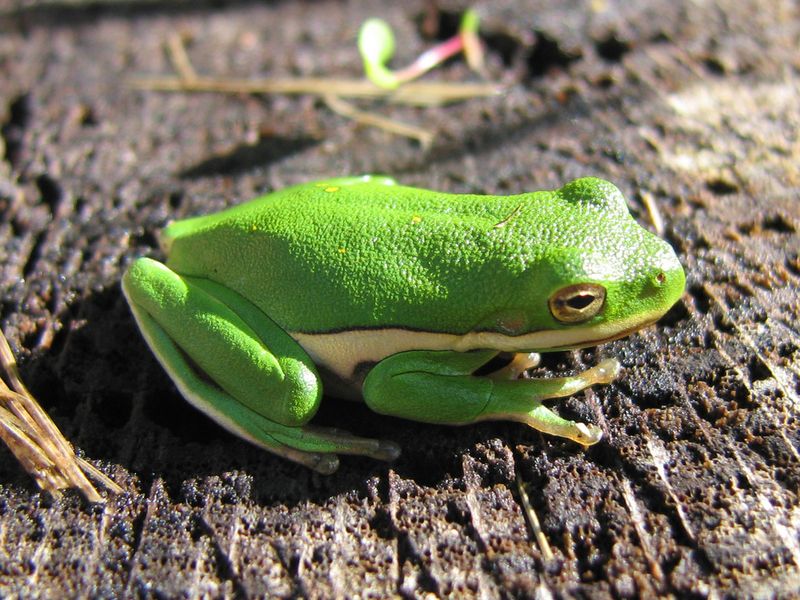
Green Frogs are often mistaken for their larger relatives, the American Bullfrogs. Growing up to 4 inches, they inhabit ponds, swamps, and streams.
Their diet includes insects, small fish, and other amphibians, showcasing their predatory nature. Their bright green coloration and distinctive dorsal ridge make them easily recognizable.
These frogs are known for their metallic ‘gunk’ sound, a familiar noise in their aquatic habitats. Green Frogs are adaptable, thriving in various environments, yet they remain sensitive to pollution and habitat destruction.
6. Cuban Tree Frog
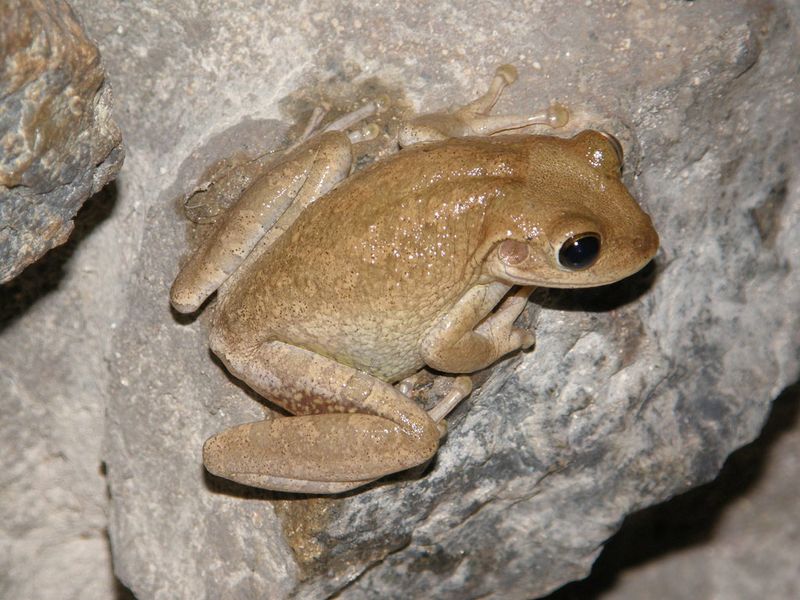
Despite being invasive, Cuban Tree Frogs have established themselves in Florida. Reaching sizes up to 6 inches, they outcompete native species.
These frogs eat insects, small frogs, and even small birds. Their adaptability is astonishing, allowing them to thrive in urban and natural areas alike.
Cuban Tree Frogs are nocturnal, often heard at night with their distinct calls. Their presence poses ecological challenges, yet they remain a captivating subject for study. Efforts to control their population continue, balancing their impact on local wildlife.
7. Carpenter Frog
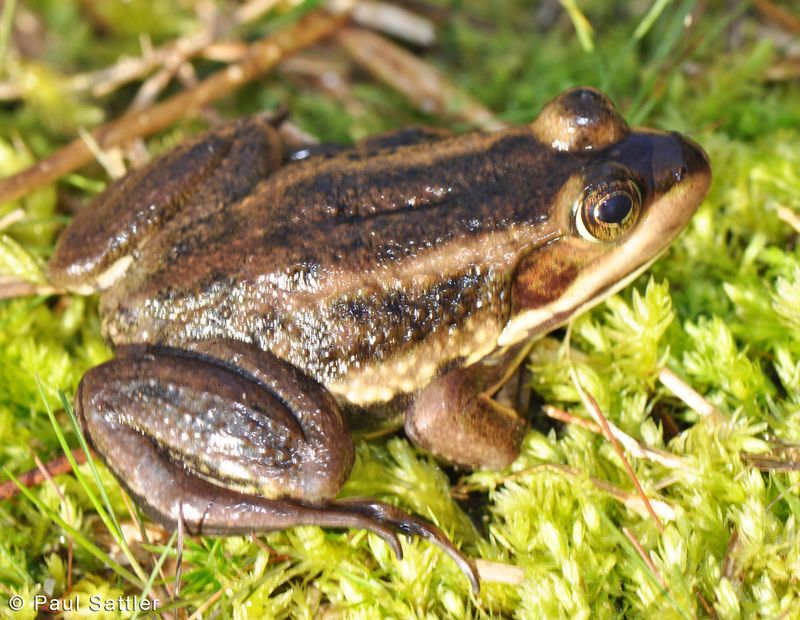
Carpenter Frogs, found in the southeastern U.S., grow up to 3.5 inches. They prefer acidic, tannin-rich waters of swamps and bogs. Their diet consists mostly of aquatic invertebrates, playing a significant role in their ecosystems.
The name ‘Carpenter Frog’ comes from their call, resembling the sound of a hammer on wood. This distinctive noise can be heard echoing through their swampy homes.
These frogs are well-adapted to their environments, showcasing nature’s ingenuity. Observing Carpenter Frogs offers insights into the delicate balance of swamp ecosystems.
8. Lowland Leopard Frog
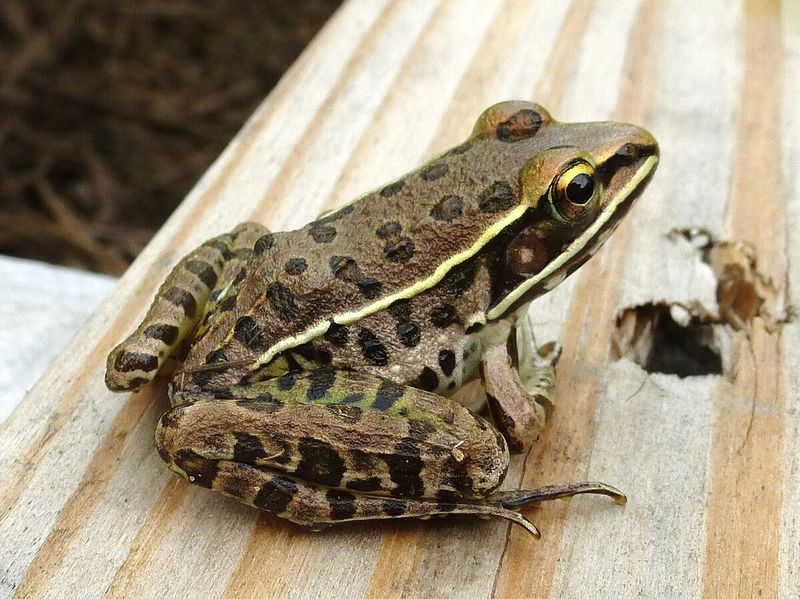
Lowland Leopard Frogs inhabit the southwestern U.S., particularly desert and lowland areas. They reach up to 4 inches, residing near rivers, ponds, and marshes.
Their diet includes insects, crustaceans, and small vertebrates, showcasing their versatile feeding habits. These frogs have a unique appearance, with leopard-like spots adorning their bodies.
This pattern provides camouflage in their arid habitats. Lowland Leopard Frogs are crucial for controlling insect populations, highlighting their ecological importance.

